CARMEL VS ORSINI An artist & Sculptor of Malta
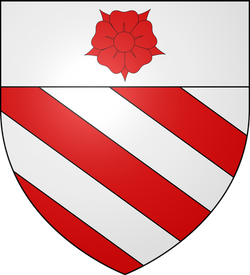 |
|---|
 |
 |
 |
 |
 |
 |
 |
 |
 |
 |
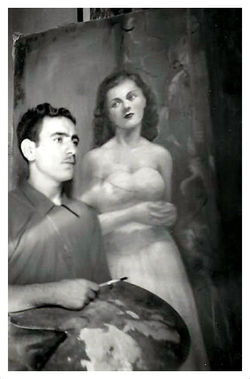 |
 |
 |
 |
 |
 |
 |
 |
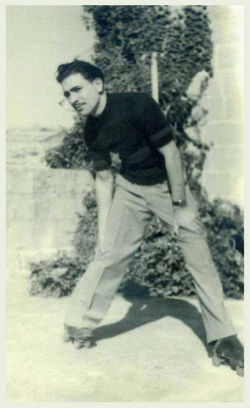 |
 |
 |
 |
 |
 |
 |
 |
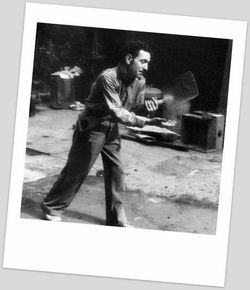 |
 |
 |
 |
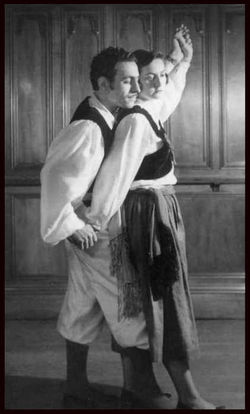 |
 |
 |
|---|
 |
 |
 |
 |
 |
 |
 |
 |
 |
 |
 |
 |
 |
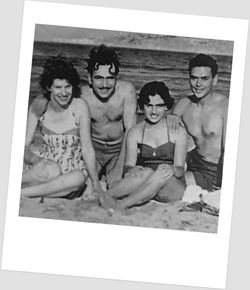 |
 |
 |
 |
 |
 |
 |
 |
 |
 |
 |
 |
 |
 |
 |
 |
 |
 |
 |
 |
 |
 |
 |
 |
 |
About Carl
Carmel was generally known to his family and friends as “Carl”. He was born in Città Vittoriosa (Birgu), Malta to Salvador and Giovanna Orsini on the 31st May 1928. He was the first of five children.
His father died whilst Carl was at a young age, leaving a young boy heading the family with his mother. They continued to live in Birgu, until the commencement of the Second World War. Birgu, being in the heart of the Cottonera region, was subject to a high volume of Axis bombing raids. During this period the family became homeless as their home was completely destroyed, during one of these attacks. The family spent the remainder of the conflict split between various homes with extended families.
Sadly, tragedy, struck the family again. On the 15th February 1942, the islands were subject to a savage twenty concurrent hours of bombing raids. Just before 18:00hrs, it was reported that a single JU 88 bomber turned inland towards Fort St Elmo and aimed a stick of four 250 kg bombs along the centre of Valletta. One hit the Casino Maltese, killing at least eight people, the next struck the Palace and the third bomb landed direct into the Regent Cinema. Carl was at the cinema with his first cousin Vincent Mizzi. As a consequence of the bomb striking the building, the structure collapsed onto the audience who was watching a film called ‘The North-West Mounted Police’. Carl was trapped under the rubble for three whole days until he was finally rescued, but, his cousin died as a result of what had occurred.
After the WW2, Carl went to the Maltese School of Art where he met and made a lifelong friendship with Tony Pace, Frank Portelli, Antoine Camilleri and Salvador Casbena. They were a brotherhood of modern artists, taught by Chev Cremona and Vincent Apap, who emerged in the late 1940s and early 50s. This was a particularly renowned period in the Maltese art scene. The country at this time was in its challenging post war period of rebuilding itself, following the immense devastation that the island had experienced before during the conflict. This subsequent journey had contributed to the country’s later own desire to become an independent nation. These difficulties that the whole population had faced at this time went onto influence, reflecting in the style of these artists and their works.
With extensive bomb damage in Malta, art work in many churches needed restoration. Carl undertook renovation work at the Church of St.Joseph in M’sida where he and his family moved to at the end of the war and also created some statues for the local festa.
Carmel like many of his fellow compatriots, had to leave Malta as there was no real supporting infrastructure (at this time) to develop further his skills. When Art Scholarships became available he was awarded one which took him to Rome, Florence and onto Paris gaining training and expertise in various forms of art. Initially, he watched surgeons operating so that he could understand the structure of the human body. Finally, he won a scholarship to the Slade School in London and came to England with Tony Pace in 1950. However Carl was unhappy with the method of teaching at the Slade. He therefore transferred to the St. Martins School of Art in the Charing Cross Road. During this time painted some scenes for the stage at the Covent Garden Opera House.
In March 1957, Carl married Jennifer Weaver (today Jennifer Haines), at Our Lady, Help of Christians and St. Denis, St. Mary Church, Torquay, moving to the capital and together they had three children, Laurence, Vincent & Rafael and settled in East Acton in West London.
Carl undertook full time employment with the Rootes car manufacturer which produced Hillman, Humber, Sunbeam, Singer, and Talbot cars. He continued to paint and exhibit part time.
In the early sixties Carl joined the Bayswater Road Association: http://www.bayswater-road-artists.co.uk
This is a society of artists who exhibit their paintings in the open along the railings of the Bayswater Road. This open exhibition runs the length of the street between Marble Arch to Queensway.
He went there every Sunday to sell his original pieces (regardless of the weather) along with other fellow exhibitors. Carl’s period at the Bayswater Road was fruitful he sold paintings to buyers to over thirty different countries. He also worked on the restoration of original paintings, where he received a number of commissions. He also sold a painting to the renowned American actor Jack Palance, during this period whilst the film star was working and living in Europe.
During this time Carl assisted the International Friendship League and visited many of its branches in the UK, to give lectures on art and provide demonstration on how to paint. It was during this period that Carl began to experiment and develop his sculptures made entirely of scrap metal.
Over the next twenty or so years he returned back to his homeland, Malta to spend time with his family and friends. Sadly Carl died on the 3rd November 1979, leaving his legacy of art. However, his contribution to both Malta and the UK, is hereby captured by this website, so that people today and in the future can continue to enjoy his contribution to the Maltese art scene.
